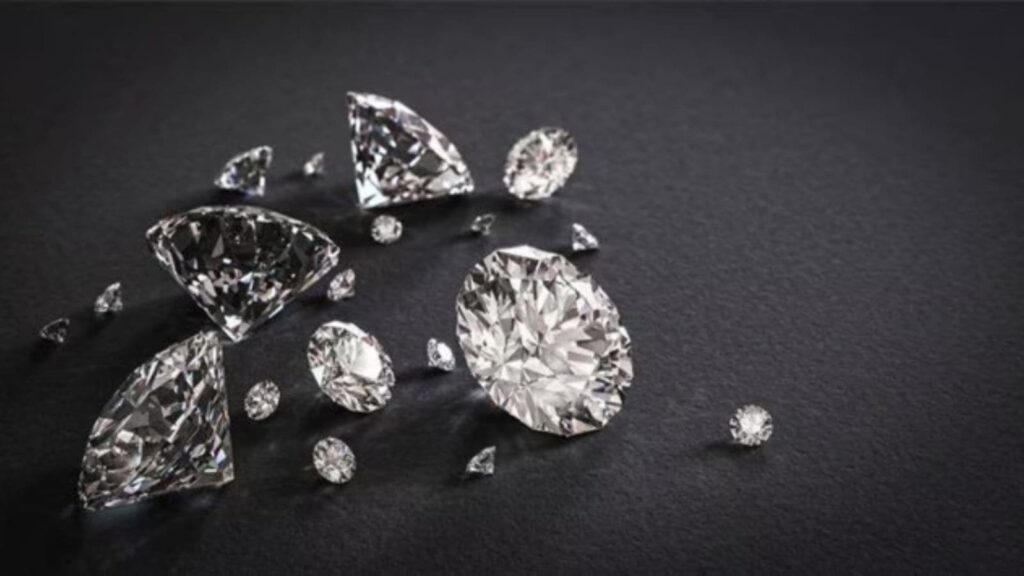970x125
Facing a sharp blow from the US’ steep tariff hike, India’s gem and jewellery export industry has sought government intervention to cushion the impact and sustain its competitiveness in global markets. The sector finds itself at a crossroads, as rivals like Turkey, Vietnam and Thailand continue to enjoy significantly lower tariffs, making Indian products less attractive in the lucrative American market.
970x125
The US accounts for nearly 30 per cent — or close to $10 billion — of the total gem and jewellery exports.
Kirit Bhansali, chairman of the Gem & Jewellery Export Promotion Council (GJEPC), warned that unless corrective action is taken, India risks losing its hard-won position as a key supplier to the US. The threat isn’t just financial — it’s strategic.
Bhansali expressed concern that international trade may start rerouting via low-tariff countries like Mexico, Canada, UAE, Oman and Turkey, undermining transparency and sidelining legitimate Indian players. This is particularly alarming since 85 per cent of exports from the SEEPZ Special Economic Zone — that employs over 50,000 people — are to the US. For cut and polished diamonds, the US remains the market for nearly half of India’s total exports. A prolonged tariff standoff, Bhansali warned, could bring the industry to a grinding halt.
The industry has asked the government to roll out a targeted scheme — similar to the Duty Drawback — that would reimburse 25–50 per cent of the new US-bound tariff burden between August and December 2025. GJEPC believes this is vital to prevent disruption across the value chain, stretching from artisanal karigars to large-scale manufacturers.
In addition to tariff relief, exporters are calling for temporary financial breathing space. They’ve requested a six-month deferment on interest payments, a measure that echoes the pandemic-era support extended by lending institutions. With cancelled orders threatening to lock up working capital and push units towards non-performing asset (NPA) status, the Council has urged the government to allow SEZ units to release unsold stock into the domestic market.
The sector is also grappling with shipment delays triggered by global uncertainty. To address this, banks are being asked to extend pre-shipment loan due dates by 90 days without penalties. The GJEPC has also called for the reintroduction of the interest subvention scheme, which could offer much-needed liquidity during a period of heightened risk. It has asked both the Centre and the RBI to consider short-term relief packages tailored to the sector’s needs.
Story continues below this ad
Ironically, while the threat looms large, recent data points to a short-term spike in trade. Gross exports of gems and jewellery rose by nearly 16 per cent in July 2025, reaching $2.18 billion (Rs 18,756 crore), up from $1.88 billion (Rs 15,700 crore) a year ago. Imports too surged 26.5 per cent, as traders rushed to complete orders before the tariff hike took effect in August. A similar surge was seen in cut and polished diamond exports, which jumped nearly 18 per cent to $1.07 billion (Rs 9,230 crore), largely due to pre-emptive stocking by global buyers.
This uptick, however, may be short-lived.
Colin Shah, MD of Kama Jewelry, termed July’s performance as a “cautionary uptick” — a final flourish before the sector feels the full weight of tariff-induced drag. While new trade agreements like the India-UAE CEPA have unlocked opportunities, the broader landscape remains volatile. High gold prices, geopolitical uncertainty, and unstable metal markets continue to cloud the outlook, he said.
The festive and wedding seasons in India may help absorb some of the shock by boosting domestic demand. But for the export-reliant segment, all eyes are now on the trajectory of India-US trade negotiations. With the current 50 per cent tariffs in place, sustaining recent growth could prove difficult, and industry leaders are hoping that policymakers will step in before the sparkle fades.
970x125

